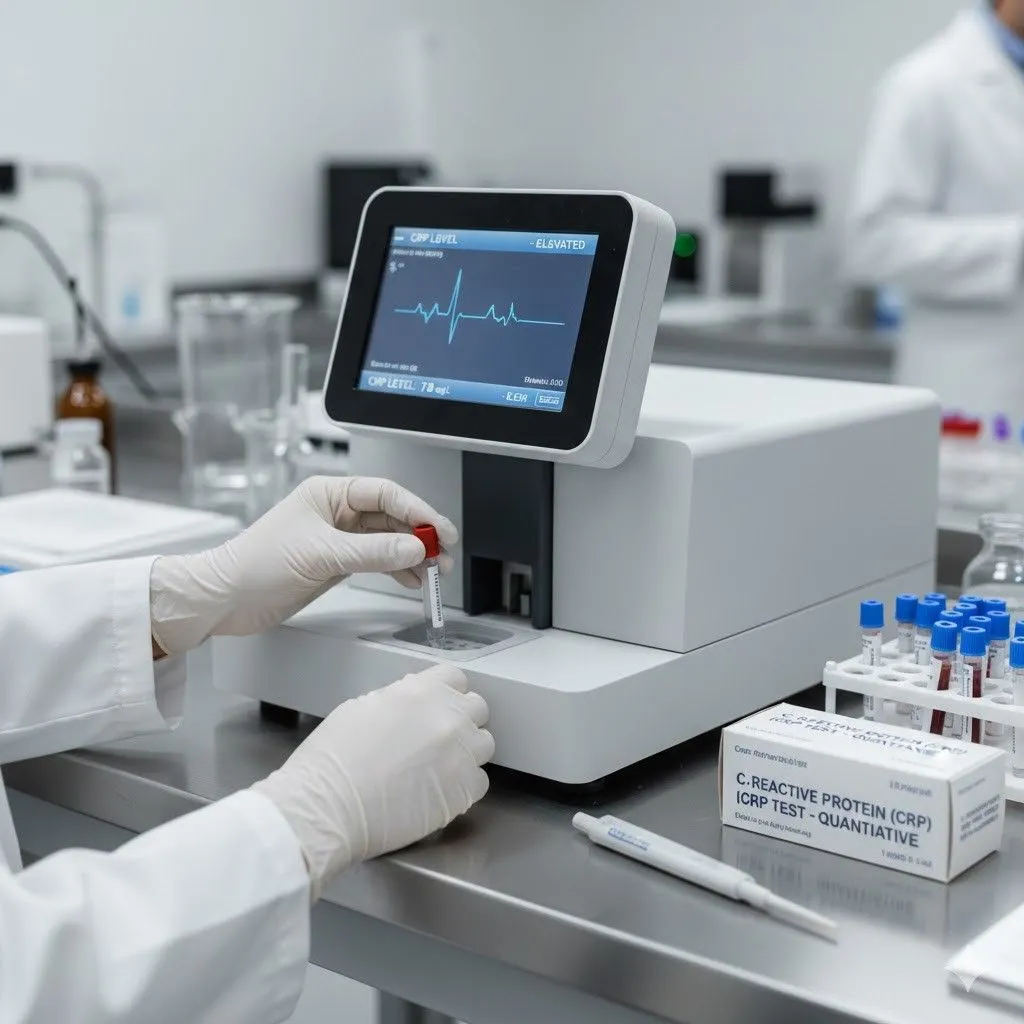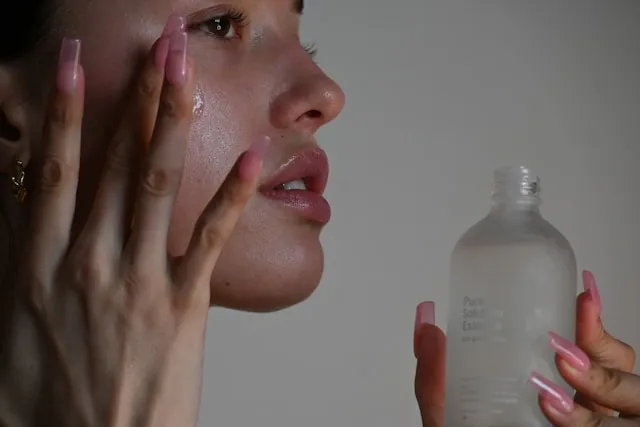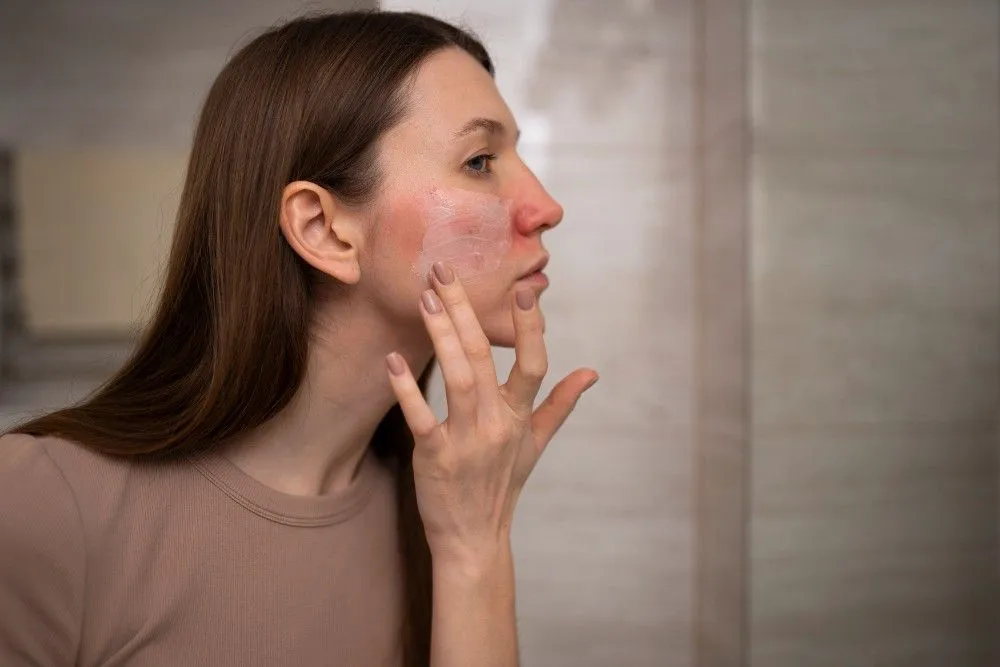You've heard of Ebola, SARS, MERS, and Zika, right? But did you know monkeys also carry similar viruses? They are now a severe hazard to humans. The virus monkey spread leads to monkeypox. This might make you wonder “What does Monkeypox look like”. Well, typically, monkeypox (also now known as mpox) looks like a small lesion that develops in your different body parts. It is similar to smallpox, though it's less contagious and usually doesn't kill its victims.
If you are curious to know about what this virus looks like, our article will guide you. Learn about this deadliest disease animal carriers have ever delivered us. Read on!
What Does Monkeypox Look Like?
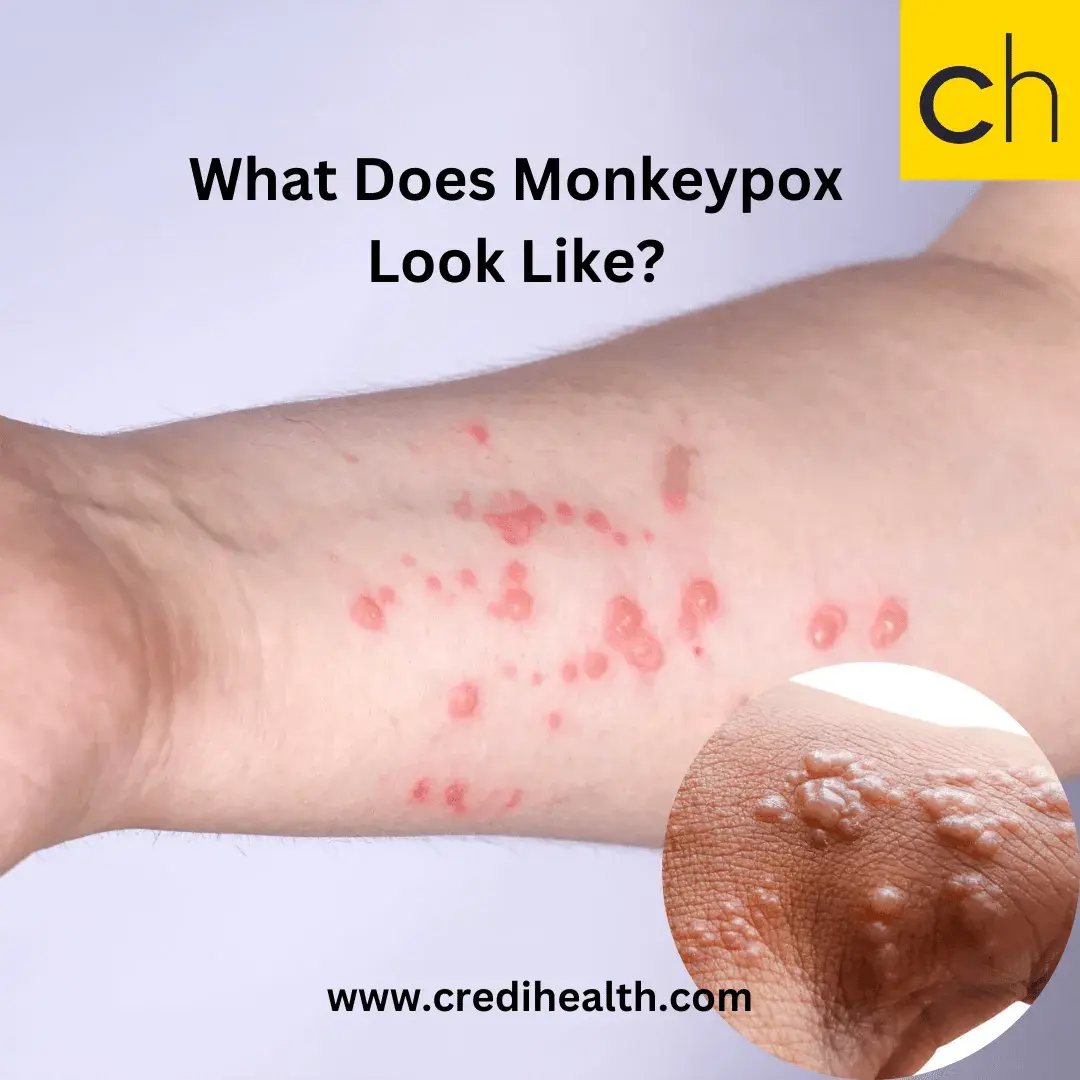
Monkeypox basically looks like measles or chickenpox. A human who gets monkeypox develops:
-
small bumps inside their mouth, nose, eyes, throat, ears, genitals, and sometimes in other parts of their body.
-
These bumps look like blisters, open sores, and pus-filled.
-
Also, rashes may appear in the groin or on and around the genital areas.
These lesions may take several weeks to months to heal. Humans get infected if they have direct contact with sick monkeys or contaminated material (like meat) that contains the monkeypox virus. It starts with fever, headache, muscle aches, sore throat, cough, runny nose, and sneezing. Then comes a series of bumps, called papules, that appear first around the face and head. Moreover, they turn into fluid-filled blisters that break open, leaving tiny scars where the blisters were.
What Does Monkeypox Rash Look Like in Different Stages?
|
Stage |
Type of Lesion |
How They Look |
|
Stage 1 |
Macules |
They look like round, flat pink spots without any bumps. They usually stay for 1 to 2 days. |
|
Stage 2 |
Papules |
In this stage, papules form pink, flat spots to raised bumps. They last for 1 to 2 days. |
|
Stage 3 |
Vesicles |
They look like raised bumps that develop into clear fluid-filled bumps. They typically remain for 1 to 2 days. |
|
Stage 4 |
Pustules |
They are cloudy pus bumps that grow in size and become firmer. These types of bumps last for a week or more. |
|
Stage 5 |
Scabs |
After a week or more, the bumps will form a scab or scar. They will last for a week before falling off. |
Is Monkeypox contagious?
Monkeypox is not contagious. Most people who catch Monkeypox do not know they did until after the rash appears. Monkeypox is not spread person-to-person like the flu. You cannot get it from touching someone or even being near them. If you touch something that contains the virus, and then you touch your eye or mouth, you could develop a lesson. You might also get Monkeypox while caring for someone who has it.
How monkeypox is transmitted?
The disease is typically spread through contact with infected animals or bodily fluids, including respiratory secretions, urine, feces, blood, tears, saliva, vomit, vaginal discharge, breast milk, and semen. In addition, the virus may be spread indirectly via contaminated fomites, such as clothing, bedding, toys, tools, and food packaging.
Signs and Symptoms of Monkeypox -
By analyzing the symptoms of Monkeypox, you can distinguish between rashes and What does Monkeypox look like? Some of the commonly occurring symptoms of Monkeypox according to Centers for Disease Control and Prevention (CDC) are:
- Fever
- Vomiting
- Skin rash
- Conjunctivitis
- Pneumonia
- Muscle and bone pain
- Headache
- Fatigue
- Sore throat
- Cough
- Diarrhea
- Abdominal pain
- Lymph node swelling (in arms, neck, chest, groin)
How long do m-pox symptoms last? In some people, symptoms last for 2 to 4 weeks. However, people with weak immunity might suffer from symptoms longer. Moreover, in other people, the symptoms may spread throughout the body, causing skin rashes, swollen glands, pneumonia, and difficulty breathing. These are called secondary infections. Infants under 6 months, pregnant women, senior adults 60 or older, those with weaker immune systems, and certain chronic conditions are at the most risk for severe symptoms upon the first infection. It can be fatal in 2% of infected individuals.
|
Note: If you have any symptoms of mpox:
|
Potential Complications of Having Monkeypox
A person can struggle with
-
Bronchopneumonia, an acute inflammation of the bronchi.
-
Sepsis, a condition where an immune system responds inappropriately to an infection.
-
Encephalitis, an inflammation of active brain tissue
-
Keratitis, is an infection of the outer layer of the cornea
-
Secondary infections, an infection that occurs at the time or after the treatment of some other infections.
In some cases, cornea infection can cause loss of vision. Moreover, in severe cases, the bumps may combine and damage the huge skin area.
Is Monkeypox Deadly?
Mpox typically is not deadly in itself. However, in some rare cases, this disease can cause complications that may be life-threatening. Those complications include pneumonia, eye disorders like keratitis, and brain infections. People who are most prone to mpox are:
-
individuals with weak immune systems
-
children below 8 years old
-
pregnant or breastfeeding women
-
people with an eczema history
-
people in close contact with someone living with mpox
These people should be aware of the symptoms. They must seek medical help as soon as possible if they develop any symptoms before the disease becomes fatal.
Treatment for Monkeypox
Currently, there is no Monkeypox treatment. It gets better on its own without any treatment. However, some medications and vaccines can help prevent the disease from spreading:
1. Vaccination
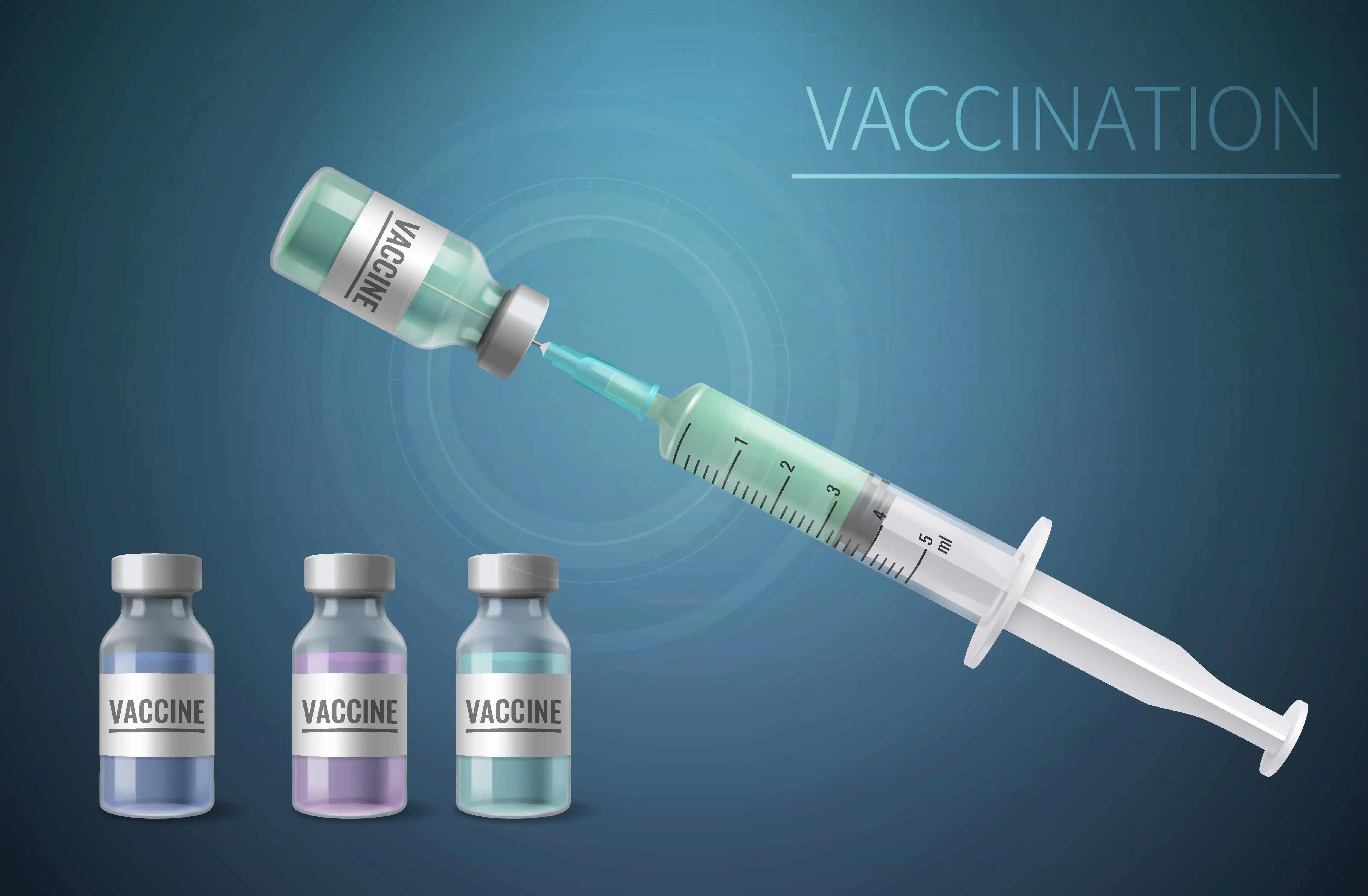
People with Monkeypox Virus have a higher risk of complications and should seek medical attention immediately. A vaccine for Monkeypox does not exist. However, since it has symptoms similar to smallpox, doctors recommend a smallpox vaccine. According to the American Academy of Dermatology Association, the smallpox vaccine is nearly 85% efficient against Monkeypox. The two vaccines for preventing monkeypox are ACAM2000 and JYNNEOS.
2. Monkeypox Antibiotics
For monkeypox treatment antibiotics may also help treat certain symptoms. Those antibiotics include:
-
Tecovirimat (TPOXX): The Centers for Disease Control and Prevention (CDC) made tecovirimat available for treating monkeypox during the outbreak of this disease in 2022. However, experts need more solid information to determine its effectiveness in the treatment of monkeypox.
-
Brincidofovir (Tembexa): It is also an antiviral drug that can help treat certain monkeypox symptoms similar to smallpox.
- Cidofovir (Vistide): Doctors provide this medication through injections. However, in some cases, it can interact with your other current medications.
3. Monkeypox Treatment Cream
Doctors may also recommend monkeypox treatment cream. Those topical creams include colloidal oatmeal cream, calamine lotion, and petroleum jelly. They ease itching. Moreover, a numbing cream like lidocaine can also work to relieve rashes for a temporary period.
4. Supportive Care
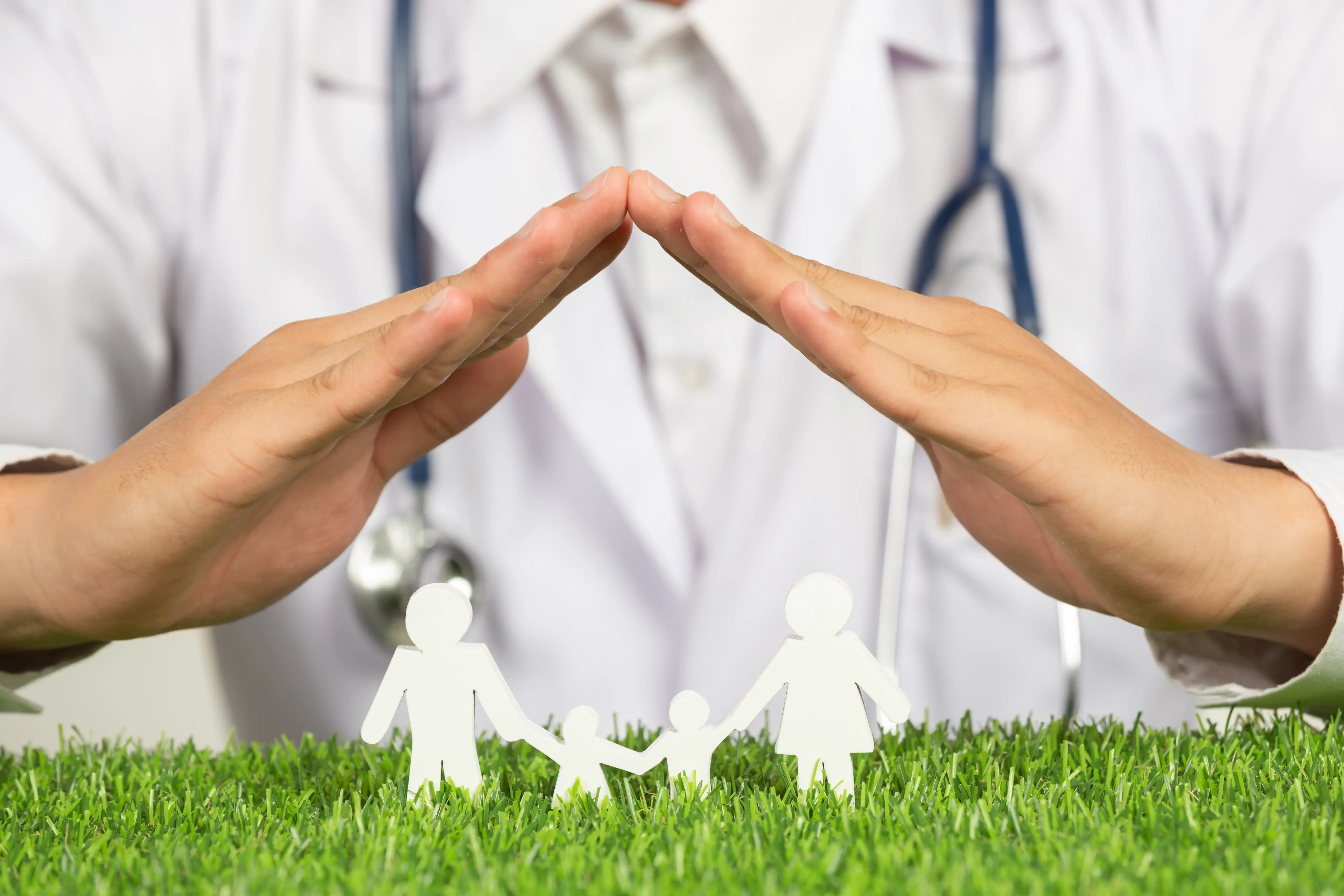
Supportive care includes treating fever, coughing, and shortness of breath symptoms. Fever generally goes away over time if left untreated, while cough and shortness of breath improve with rest. Medications such as acetaminophen (Tylenol) or ibuprofen (Motrin) can help reduce fever and pain/inflammation. Rest, plenty of water and a humidifier to keep the air moist will help relieve pain.
Monkeypox Prevention Steps -
To protect yourself from monkeypox, do the following three preventative measures:
- Do not come near a person or animal infected with Monkeypox.
- Avoid physical contact with wildlife animals.
- Look for similar signs and symptoms if you fear yourself or anyone close to being infected.
Also Read: Method To Correctly Wash Hands: Reducing The Risk Of Infection.
About U.S. Monkeypox Cases in 2022
The first case of monkeypox in the United States occurred on 17 May 2022 in Boston, Massachusetts. It now spread to 50 states of the U.S. On 4 August 2022, the government of the United States declared monkeypox as a public health emergency. By 17 August 2022, there were around 39, 434 mpox cases in 94 countries. However, in the United States, 13, 517 were the highest number. The following are the different cities and states of the U.S. with the highest cases:
-
New York
-
California
-
Texas
-
Florida
-
Georgia
Monkeypox Vs Ebola Vs Zika
Monkeypox, Ebola, and Zika all cause somewhat similar symptoms. However, there are differences between each condition such as:
-
Monkeypox is significantly caused by smallpox species, leading to similar symptoms. Both Ebola and Zika are viruses spread through mosquitoes.
-
Monkeypox is transmitted through contagious animals. At the same time, both Ebola and Zika are viruses spread through mosquitoes.
-
The Ebola virus can only replicate outside the human body (not inside). Zika cannot multiply outside the human body. Moreover, it does not survive long enough to do so. Monkeypox inside the human body is similar to smallpox.
-
Monkeypox and ebola are not currently known to be contagious. However, the same cannot be valid for Zika, as it is highly contagious.
-
All viruses cause fever, headache, muscle pain, joint pain, vomiting, and diarrhea. Ebola is a virus that affects internal bleeding and blood clots, causing problems for people who get infected. Ebola also significantly causes inflammation and tissue injury.
-
Zika virus causes birth defects. Zika has recently become a problem in Brazil due to its link with microcephaly. This is a neurological disorder where babies are born with small heads. On the other hand, Ebola tends to affect adults, though it does carry the risk of death. Moreover, monkeypox, too, is growing rapidly across the globe, infecting hundreds already.
-
At present, there is a vaccination for the Zika virus. Smallpox vaccine can also help in treating Monkeypox too. However, there is no immediate vaccine for Ebola. If left untreated, these viruses can eventually lead to death.
Which one should you worry about?
Any virus causing any threatening symptoms or complications is alarming and concerning. If you experience similar symptoms, you should consult a physician or doctor immediately and get your treatment at the earliest.
When To Reach Doctors?
If you have symptoms of monkeypox, see the doctors as soon as possible. It is extremely important to seek medical help if you develop unexplained rashes. Also, visit the healthcare providers if you experience mpox with these symptoms:
-
Dehydration
-
Nausea and vomiting
-
Diarrhea
-
Infected rashes
-
Rashes on your genitals, mouth, eyes, and anus.
-
No improvement in your symptoms
Conclusion
We hope you clearly understand “what does monkeypox look like”. This will help you recognize the symptoms earliest and prevent it before it can be life-threatening. Monkeypox is not a new disease. Until now, Monkeypox has only been considered a disease affecting wild primates, particularly African monkeys. Today, however, it is known to infect humans as well. Close contact with infected animals transmits the virus, although we cannot rule out transmission via fomites, air currents, or contaminated foodstuffs. If left untreated, the virus can significantly result in death. So, if you find the related symptoms, contact the healthcare providers near you immediately.
Also Read: What is Tomato Flu Virus: Know Causes and Treatments
Frequently Asked Questions
Is there a cure for Monkeypox?
There is no definite cure for Monkeypox. However, proper treatment and medications can help it stop.
How does Monkeypox start?
Monkeypox begins when you come in close contact with an infected human or animal.Â
How long does it take to get rid of Monkeypox?
It depends on the symptoms and severity of the infection. In general, it takes about 3-4 weeks.Â
What does stage 1 monkey pox look like?
It looks like a pus-infused bump, a blister, or an open sore.
What can be mistaken for monkeypox?
Monkeypox majorly mimics smallpox, genital herpes simplex virus, primary and secondary syphilis, varicella, and acute retroviral syndrome.
Does monkey pox start with one spot?
Yes, it can start with one lesion on one area of your skin.

Reviewed by




